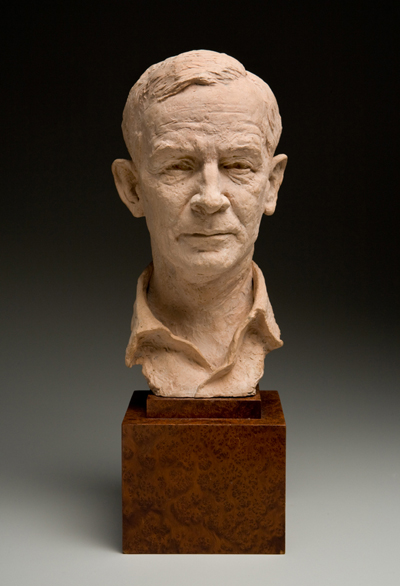
SCULPTURE
-Michelangelo di Lodovico Buonarroti Simoni (1475-1564)-
.jpg)
.jpg)
Jo Davidson, American (1883-1952)
5 1/2 inches H; 6 3/4 inches W; 6 1/4 inches D
Gift of Mr. and Mrs. Dexter M. Keezer
1962.006.000
HOW IS IT MADE?
Able to survive floods, fires, earthquakes, volcanoes, and the fall of countless civilizations, sculpture is one of the oldest forms of art. For early cultures, gods and leaders were immortalized through sculpture. Sculptures of human forms later became the models for painters. Today, sculpture serves a variety of purposes, from honoring a person or event to exploring complex ideas through a physical, three-dimensional form.
A sculptor must visualize, as well as feel, his or her object in all three dimensions: height, width, and depth. Using various tools, a sculptor will add or subtract to take a raw material like marble or clay and turn it into a work of art. Subtractive sculpting consists of carving solid material such as marble, stone, or wood, and then removing parts of that material to make the sculpture. When using this technique, the sculptor must visualize the finished product before he or she begins carving, because once a part of the material is removed, it is impossible to add it back.
Conversely, a sculpture can be made additively. The artist adds material, such as metal, clay, or found objects, to form an object thus making a sculpture. When artists work with clay, they mold the clay with their hands, making sure to keep it moist. When the sculpture is complete, it is placed in a kiln, or giant oven, and baked until it is hard. With metal, the sculptor will weld pieces of metal together or heat the metal itself to manipulate it. A sculptor may also connect a series of found objects to make a whole new sculpture.


